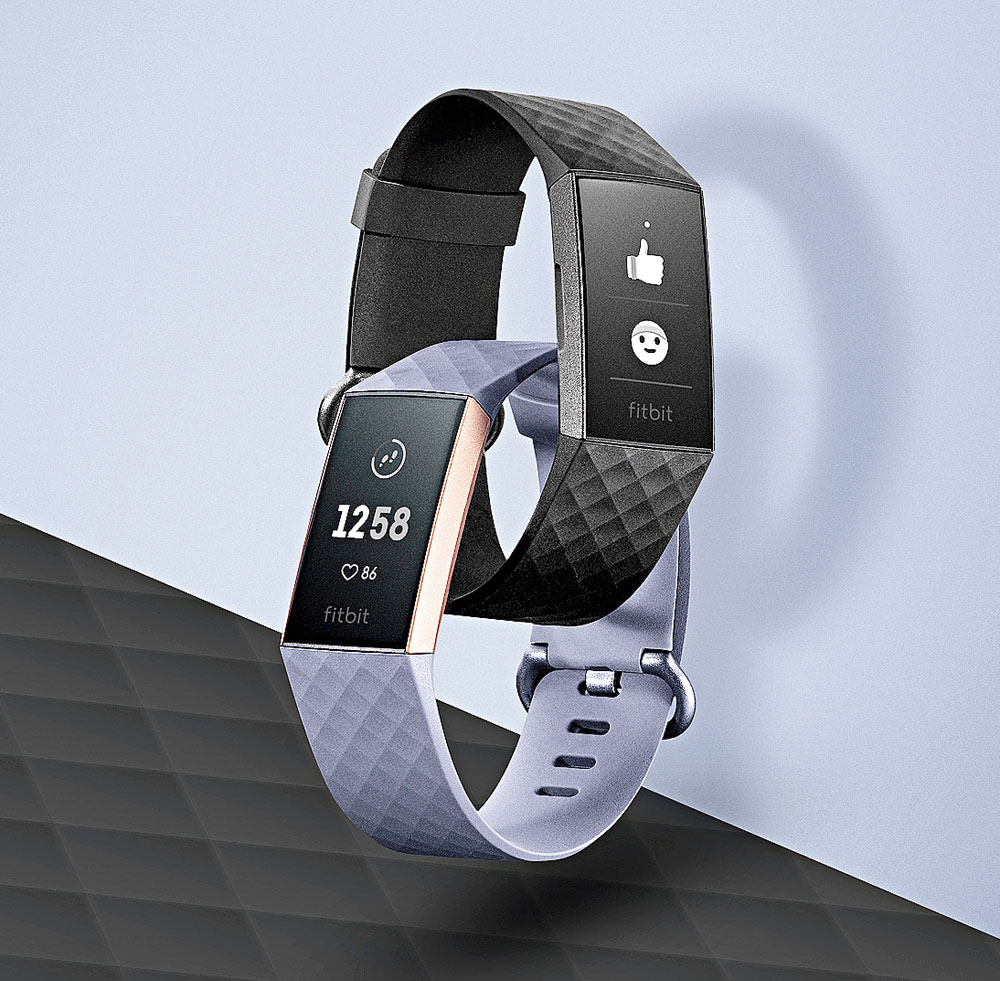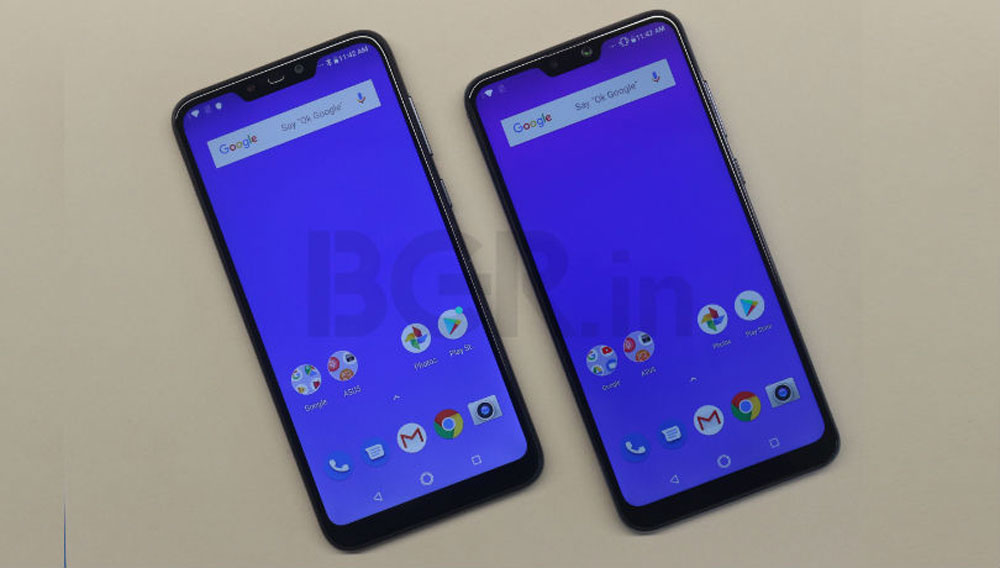Mi Soundbar
Price: Rs 4,999
As TVs continue their march towards size zero, the obvious casualty has been built-in audio, with the slimmer panels lacking the space required for larger speakers that can create room-filling sound. Soundbars are the obvious solution, but in typical Xiaomi-style, the Mi Soundbar delivers at half or less! If you’re looking to add companion audio to your TV — for gaming, movies or music — without breaking the bank, this is the one to get.
The design is minimalist and smart, with the white plastic enclosure and grey fabric front grill looking elegant and fitting most decors, although a dark colour variant may have been a good option for some folks. Build quality and overall construction is solid — one wouldn’t think this is a 5,000-rupee soundbar. Connectivity options are ample — one aux port, one line-in, one S/PDIF (with a bundled cable) and one optical port. There’s Bluetooth connectivity as well, but the soundbar can only remember one paired device at a time. The eight-speaker setup packs quite the punch, so much so that a separate subwoofer isn’t particularly missed. Movies, games and everyday music all benefit from the soundbar, although it favours the bass and highs than the mid-frequencies. It’s not the most balanced audio you can find, but unless you’re a big fan of western classical music, most will find the audio to their liking.
Controls for inputs and volume are on the top of the soundbar, but a remote control would have been welcome. Walking over to the soundbar to change these settings felt a bit dated. Channel (left-right) separation isn’t the best.
Asus ZenFone Max Pro M2
Price: Rs 12,999 onwards
Asus took strong inspiration from the competition when it set out to out-Xiaomi-ify the budget champ with last year’s ZenFone Max Pro M1. Its successor, the M2, builds on the strong battery and clean software foundations of the M1, while refining the experience with updated hardware, a refreshed design and better cameras. A solid bet for giga battery lovers, as long as you’re willing to live with the cameras.
The M2 launches barely seven months after the M1, but it looks almost nothing like it — the aluminum back has been swapped out for a glossy plastic curved rear panel and the phone gets toughened Gorilla Glass 6 up front. Most impressive is how lightweight the unit is for something that packs in a 5,000mAh battery, and the capacious battery easily outclasses others in its segment, lasting a solid two days of regular use. Asus has punched above its weight with its choice of chip, and performance on the Snapdragon 660 chip and 4GB of memory is plenty fast, with the stock Android Oreo UI keeping the phone responsive and lag-free.
With a battery this large, the M2 takes terribly long (~2.5 hours) to charge. Even though the notch on the adequately bright display is small, there’s a sizeable chin and the display falls behind on colour performance. The cameras have improved from the first gen (dynamic range and details are spot-on under good lighting), but low-light photos are unpredictable.
Fitbit Charge 3
Price: Rs 13,999
The Charge 3 is the culmination of years of fitness tracker tech — it gathers lots of fitness data and presents it in a meaningful manner, without forcing you to reach for a charger in the middle of the week. For folks not needing the wide app support inherent to smartwatches, the Charge 3 is a good bet.
Small design tweaks give the Charge 3 a slick, refreshed look, and there’s a Special Edition with additional bands in the package. It’s stylish enough to wear all day and evening, and Fitbit’s excellent sleep tracking means you can continue wearing it at night — you’ll only have to take it off for an hour or so per week to charge. The new greyscale OLED touchscreen is bigger and sharper than the previous gen and is responsive to the touch. Combined with the new haptic button on the side, it’s easy to get familiar with using the Charge 3 even if you’ve never used a Fitbit before. Aside from the headlining 50m water resistance and swim tracking, you get all of Fitbit’s fitness and wellness tracking, right from heart rate monitoring and calorie/step tracking to sleep tracking and auto-workout tracking. Swim tracking and auto tracking are a bit basic, but the insights from Fitbit’s excellent companion app are the best in the business.
Fitbit continues down the path of the proprietary charger, which is one more thing to pack on extended trips. The Charge 3 lacks GPS, so you’ll need to carry your phone along for location/route mapping. The SpO2 sensors which can potentially scan for conditions like atrial fibrillation and sleep apnea are present, but the feature is yet to be enabled in the software (as also the mobile payment feature). And while Fitbit has crafted an almost perfect fitness tracker, it does retail at a premium over generic trackers that cost half or less.
Amazon Echo Input
Price: Rs 2,999
The premise behind the Alexa Input is blindingly simple — to add Alexa smarts to any existing audio / music system setup without paying extra for a built-in speaker that an Echo Dot would entail — an all-listening Alexa ‘brain’ with an audio-out.
Taking the built-in speaker away has its benefits — the slight (but not enough, in my opinion) price reduction and the significant size reduction, down to a small puck-shape. Setup is handled via the Alexa app, and you can even add the Input-connected speaker to an existing multi-room setup in case you have other Echo speakers at home. The four directional microphones do a good job of picking up commands from across a medium-sized room, and the quality of the audio being passed through to your external speaker is perfectly acceptable, and much better than the regular Echo devices if you have a good speaker connected.
It has some limitations in terms of how close it can be to the speakers that it is connecting to over auxiliary cable or Bluetooth, but those are normal for a device that is expected to hear what you want to say. Given its potential to modernise a hi-fi setup, it’s odd that the input doesn’t ship with an RCA cable, or an adaptor. No optical digital audio out either, not surprising given its size.

Fitbit Charge 3 Media release image

Mi Soundbar Media release image

Asus ZenFone Max Pro M2 Media release image
Tushar Kanwar is a tech columnist and commentator. Follow him on Twitter @2shar. Mail your tech queries to t2onsunday@abp.in










